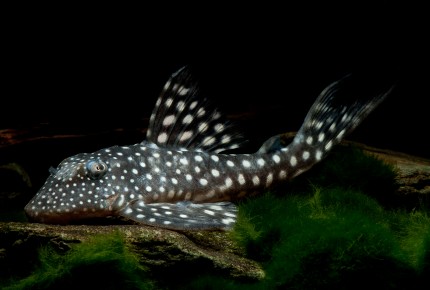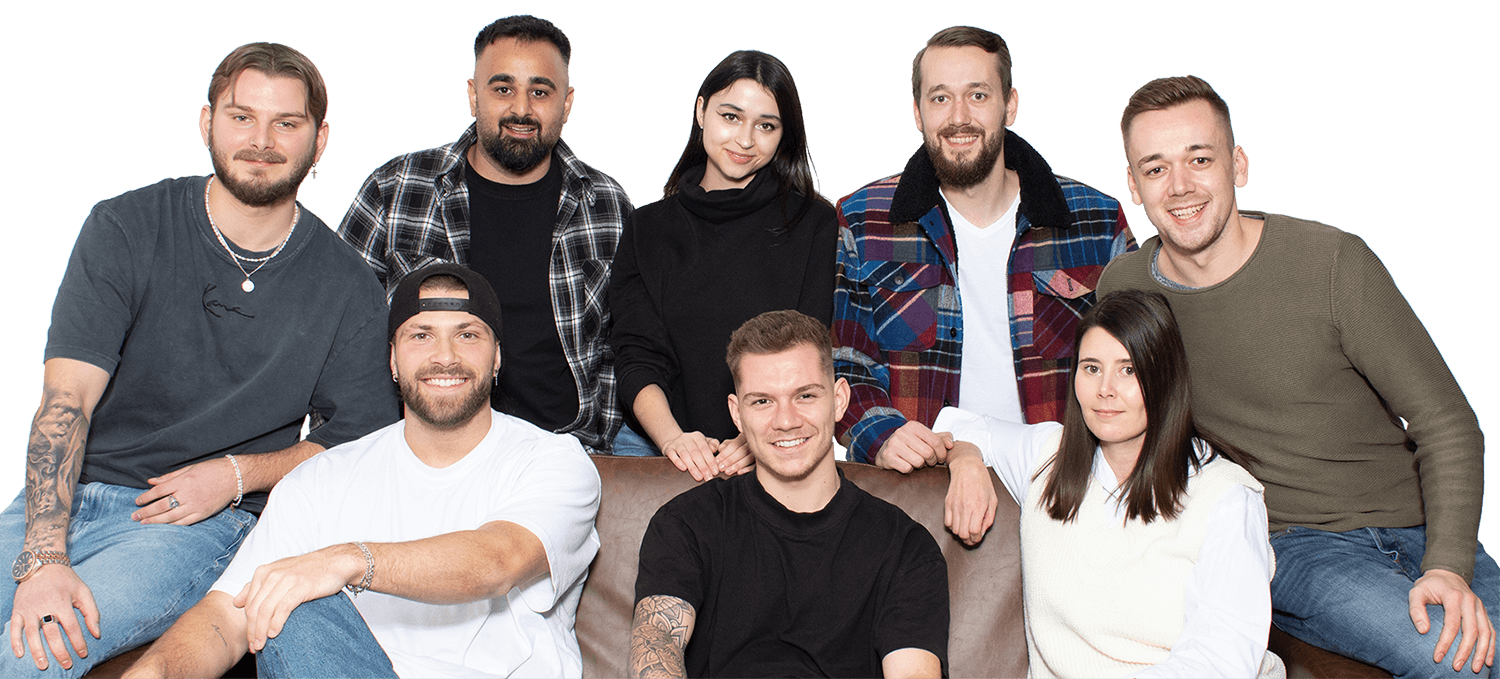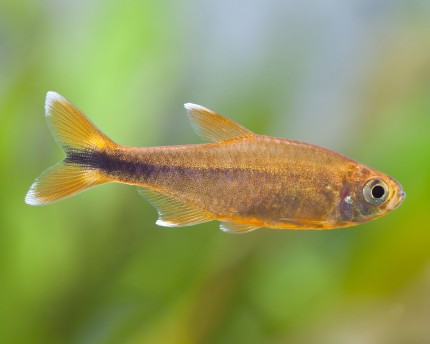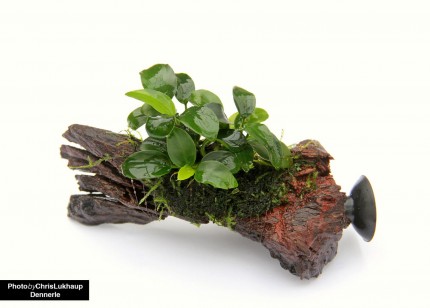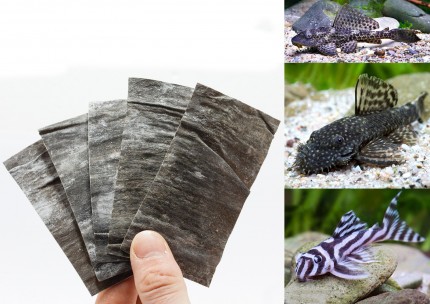incl. VAT plus shipping costs
Ready for shipment in 2 Day(s)
Delivery only innh. Germany and Austria possible.
Switch to the German store
-10% EXTRA-RABATT
auf Deinen gesamten Warenkorb!!
- Item no: 10660
Fast delivery times
All products are in stock with us!14 years of breeding experience
Let our team of experts advise you!High customer satisfaction
from over 3,000 reviews "| Water values: | soft to hard |
| Fish group: | Catfish |
| Temperature: | 25-30 °C |
| Feature: | Interesting coloring |
| Behavior: | Quiet |
| with fish?: | Yes, with peaceful fish |
| Aquarium size: | 250/300 l (approx. 120cm) |
| Final size: | > 12cm |
| Pelvic region: | Below |
| Breeding: | simply |
| Origin: | South America |
| with shrimps?: | with dwarf shrimps, offspring is not eaten |
| Difficulty: | 2 - Normal |
| Diet: | omnivorous - omnivorous |
| Visual effect: | Especially colorful |
| Planting possible?: | Yes |
| with snails/shells?: | Yes |
| with large crabs?: | No |
| with dwarf crabs?: | No |
| with crabs?: | No |
The calm, uncomplicated and very compatible snowball loricariid L102 is a not yet determined species from the loricariid genus Hypancistrus, therefore its scientific name is Hypancistrus sp. Some sources speak of Hypancistrus cf. inspector. The L102 loricariid catfish is native to Brazil and Venezuela and is found in the Orinoco and Rio Negro rivers.
The snowball loricariid reaches a total length of 18-20 cm long, making it one of the largest Hypancistrus species in aquaristics. It has conspicuous large white spots ("snowballs") on its otherwise dark brown colored body. The nicely shaped fins may have a black edge. The caudal fin in particular has a great lyre shape. Males of the Snowball Hare Catfish and females can reach about the same size. Females that are ready to spawn can be identified by their thicker belly.
Due to its size, the L102 needs an aquarium with an edge length of 120 cm or more. We recommend keeping them in pairs or in a small group. The Hypancistrus cf. inspector L102 can be kept in soft to hard aquarium water with a total hardness up to 20, a carbonate hardness up to 10 and a pH value of 5 to 7.5. Humic substances in the aquarium water are really important for the health and well-being of this beautiful Hypancistrus. Aquarium temperature should be 26 to 30 °C. Clean water with as little pollution as possible and high oxygen levels are important in the aquarium. The filter should be sufficiently powerful, as in almost every catfish aquarium, and in addition to efficient water purification, it should also provide a good flow and thus a good gas exchange.
The snowball loricarius does not make any special demands on the keeping. It is good if the aquarium is not too brightly lit. The substrate can be sand or fine rounded gravel, planting is possible. Possibly the Hypancistrus L102 can nibble on especially tasty plants like Pogostemon or Echinodorus. With a balanced vegetable feeding you can reduce the risk Wooden roots the loricariid also finds in its habitat in nature, they contribute very much to the well-being of the beautiful catfish in the aquarium and are gladly touched.
The breeding of Hypancistrus cf. inspector L102 has been successful several times in aquaristics. Hypancistrus cf. inspector L102 prefers as cave breeders one-sided open tubes. The male takes over the brood care until the larvae are on their own. Breeding in a community aquarium is also possible, provided there are no predators or stressors in the aquarium. However, a selective breeding approach in the species tank will certainly yield better results.
The spawning readiness of the snowball loricariid is stimulated by several large water changes of about 80% with softer water with a few days interval, during which the water temperature in the aquarium may drop a little. It can help with the breeding of the L102, if you adjust the current in the aquarium more strongly. Soft water with a high content of humic substances and a carbonate hardness as low as possible can help to avoid spawning fungus. The juveniles of the Snowball Hypancistrus L102 readily accept catfish food tablets, vegetables or even some frozen food from the beginning.
The little complicated Hypancistrus cf. inspector L102 is an omnivorous catfish and an easy to feed omnivore. It readily accepts catfish sticks, granulated food and flake food for omnivorous aquarium fish, some frozen food, but also likes to eat vegetables such as potatoes (raw), pumpkin or zucchini, spinach or nettles. Otherwise, the snowball loricariid prefers to scrape biofilms and algae deposits from the panes, roots and other surfaces in the aquarium with its underslung sucking mouth.
Despite its size, the Snowball Catfish L102 can be easily socialized with shrimps, and it also forms a good aquarium community with other peaceful aquarium inhabitants such as South American characins. The Hypancistrus cf. inspector L102 fits especially well in an aquarium with other South American fish, which should then preferably populate the upper water layers. Crayfish and large-armed shrimp, on the other hand, are not suitable aquarium partners because their claws can be dangerous to the beautiful catfish.
Our food recommendation: The NatureHolic Catfish Feed for all aufwuchs feeding sucking catfish in the aquarium is a balanced tablet food, which does not cloud the water and the fish like to eat. The catfish tablets also contain NatureHolic active ingredient complexes that provide sucker catfish with everything they need for a strong immune system, healthy growth and great, contrasting coloration.
Our plant recommendation: Use for planting NatureHolic InVitros. These are free of snails, planarians and other unwanted co-inhabitants. Also free of algae spores, bacteria and fungi.
Expert Tip: We recommend for fish keeping the NatureHolic 3 Phase Liquid. The care set offers the best all-round protection for your animals. It ensures optimal conditions for successful breeding and keeping.
Picture: Enrico Richter - exclusively for Garnelio
| Scientific name | Hypancistrus sp., Hypancistrus cf. inspector |
| German name: | Snowball loricariid, L102 |
| Difficulty level: | for beginners |
| Origin/Distribution: | Brazil and Venezuela, South America |
| Coloration: | dark base color, white large spots all over the body and fins, possibly black fin seams |
| Age expectancy | with optimal care up to 15 years |
| Water parameters: | GH 0 to 20, KH 0 to 10, pH 5 to 7.5, temperature 26 to 30°C |
| Tank size: | from 120 cm |
| Food | omnivorous, vegetables, frozen food, catfish sticks, flakes, pellets |
| Breeding | rather easy |
| Behavior | peaceful, uncomplicated |
| Group size | 4-10 animals |
| Additional information | Ten typical aquarium fish for beginners and alternatives to them, Tips for acclimating fish to the aquarium, Feeding aquarium fish properly - cheap food and what it can do |
- Item no: 10660
Entdecke die Garnelio Welt!
Garnelio gehört zu den größten Onlineshops für wirbellose Aquarientiere weltweit.
Viele Artikel gibt es exklusiv nur bei uns im Shop.

